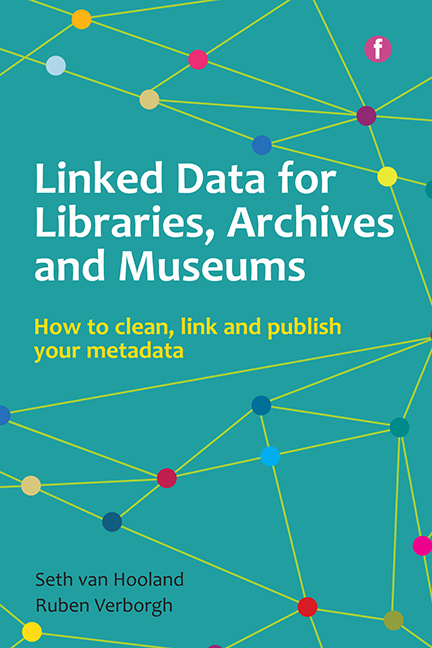5 - Enriching
Published online by Cambridge University Press: 10 September 2022
Summary
Learning outcomes of this chapter
• Getting value out of non-structured metadata
• Understanding current possibilities and limits of named-entity recognition
• Being aware of the information versus non-information debate
• Case study: enriching the British Museum metadata
Introduction
As a metadata enthusiast, one may be struck with a sense of nostalgia when looking at catalogues from the 19th or early 20th century. The aesthetics of wooden cabinets and the beautiful handwriting make us realize how our profession has evolved over the last century. Apart from the physical appearance of the catalogue, it is interesting to take some time to read a couple of the entries. Very often, you will notice how lengthy some of the descriptions are, when compared with our contemporary descriptive practices.
With the professionalization of documentation practices in libraries, archives and museums, the entry forms for metadata became increasingly structured. Gradually, the lengthy narratives were sliced up in smaller information units, allowing a more standardized approach. The development of controlled vocabularies, as described in the previous chapter, is a good example of how a more structured approach towards subject access was rolled out across institutions.
This process of the increasing structuring of metadata illustrates well the gradual move from the narrative towards the database, as described by Manovich (2001) in his seminal work The Language of New Media. As humans, we make sense of the world through stories, told through lengthy descriptions. This explains why museums often offer audioguides, which explain in detail the context of a specific object.
Unfortunately, a computer cannot do much with a narrative. The more structured and well delineated metadata are, the better we can manage them with our IT tools. For example, the previous two chapters focused on how more value can be derived from metadata through cleaning and reconciliation. Both operations allow you to leverage your existing metadata. They do have one important constraint: they can only be applied upon structured metadata.
One can only apply cleaning and reconciliation to strings of characters with well delineated boundaries. Data cleaning can be very powerful once you know the specific format of a field. For example, if you know that an address has to be encoded by first mentioning the street name and only afterwards the house number, you can check whether this condition is met.
- Type
- Chapter
- Information
- Linked Data for Libraries, Archives and MuseumsHow to clean, Link and Publish your Metadata, pp. 159 - 196Publisher: FacetPrint publication year: 2015



